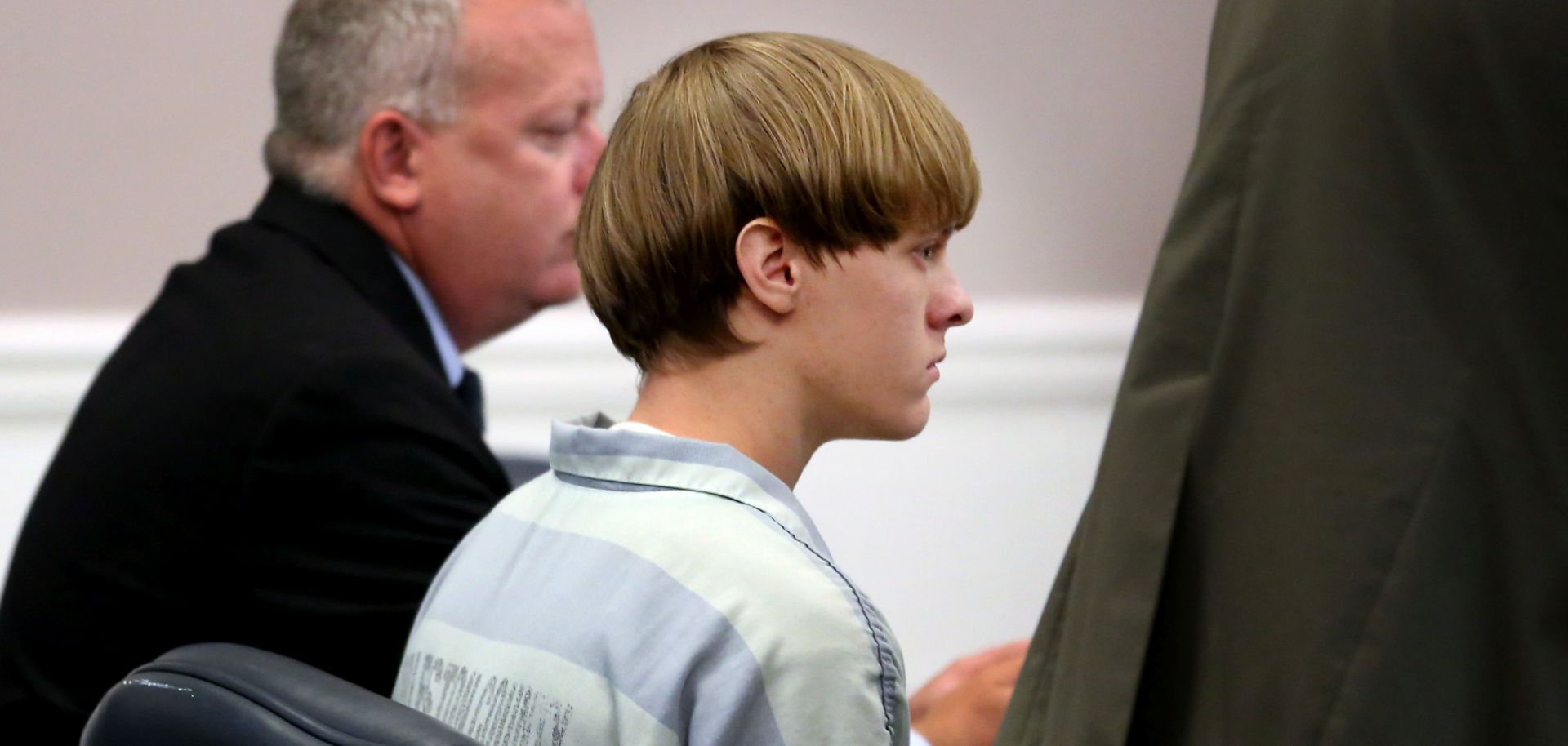COLUMNS
The Mark of a Terrorist Is Behavior, Not Ideology

Aug 20, 2019 | 10:00 GMT

Dylann Roof was convicted for perpetrating the deadly 2015 attack on the predominately black Emanuel African Methodist Episcopal Church. Federal prosecutors said Roof was "self-radicalized" in that he sought out white supremacist content online on his own volition.
(Photo by Grace Beahm-Pool/Getty Images)
Highlights
- Terrorism is a tactic used by radical extremists of many different ideologies, which means there is no fixed ethnic, religious or gender profile for what a "terrorist" looks like.
- But while their motives may vary, all would-be attackers are still bound to generally follow the same attack cycle. Thus, tactics used to disrupt terrorism of one strain can also be successfully used against others.
- Combating terrorism, however, is not just the responsibility of the government but of society at large. "See something, say something" works, which is why the public must be educated on how to spot activities associated with the terrorist attack cycle.
Subscribe Now
SubscribeAlready have an account?
